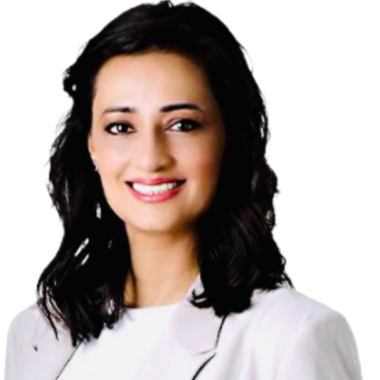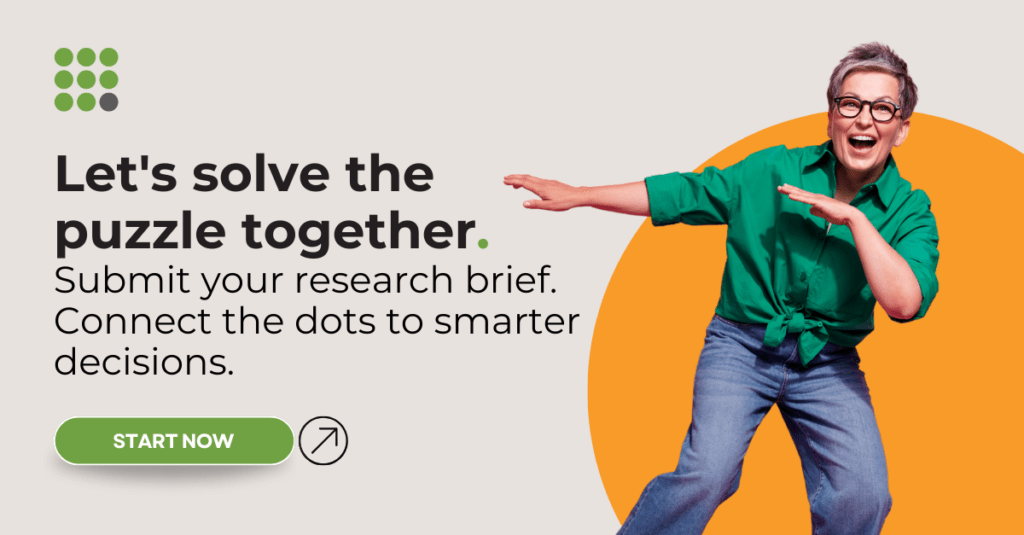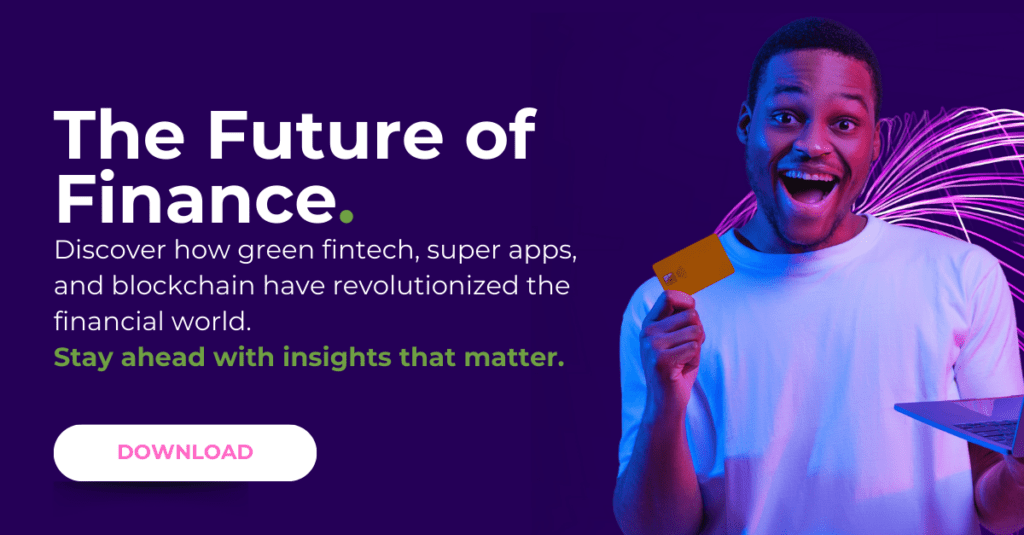The poignant memory of her grandmother reluctantly pushing away her favourite meals stayed with Shen Yiru long after her grandmother passed. Suffering from dementia, her grandmother was forced onto a pureed diet to manage her difficulty with swallowing. Despite the family’s efforts to blend various dishes into a palatable form, the unappealing appearance often led her grandmother to refuse meals.
This personal experience deeply impacted Shen, driving her to start SilverConnect, a medical nutrition company. SilverConnect focuses on creating specialised, appealing meals for those with swallowing difficulties, ensuring that food safety and dietary needs are met without compromising the enjoyment of eating.
Shen’s venture into this niche market is particularly timely, given the growing silver economy in Singapore. With the sector projected to reach US$72.4 billion by 2025, the government is actively investing in services and innovations that enhance the lives of the elderly.
SilverConnect exemplifies the potential for tailored solutions within this demographic and highlights the broader opportunities for brands ready to serve an ageing population with specific, evolving needs.
The Implications of an Aging Population for the Singaporean Economy
Singapore’s population is ageing rapidly, reflecting broader demographic shifts occurring globally. According to the Department of Statistics in Singapore, the proportion of residents aged 65 years and above has significantly increased, rising from 9.0% in 2010 to 15.2% in 2020.
Projections suggest that by 2030, one in four Singaporeans will be over 65.
This demographic shift is largely due to higher life expectancy and lower birth rates, a trend that presents challenges and opportunities for the nation.
The ageing population in Singapore poses unique challenges for the economy and local companies. Economically, the increase in the elderly population can lead to a higher dependency ratio, with fewer working-age individuals supporting more retirees, which could strain public resources and social security systems. Companies, particularly in healthcare, real estate, and financial services, must adapt to meet the changing demands. The silver economy is not just an emerging market segment but a significant economic force, driving innovation and service development across various sectors.
For brands, this demographic shift necessitates reevaluating marketing strategies, product development, and customer service to cater to an older customer base. Brands must consider this age group’s specific needs and preferences, which may differ significantly from younger demographics, particularly regarding product usability, accessibility, and customer engagement strategies.
Needs of the Senior Singaporeans
Healthcare: Senior consumers are increasingly looking for healthcare solutions that allow them to maintain their independence and manage chronic conditions effectively. There is a growing demand for telemedicine, home care services, and wellness programs tailored to older adults. There are many opportunities to innovate with devices like smart pill dispensers that remind seniors when to take medication and telehealth services that allow them to consult with healthcare providers from the comfort of their homes.
Also read – A Brand’s Guide to Singapore’s Consumer Landscape.
Case Study: Homage – Integrating Healthcare and Technology to Serve Singapore’s Seniors
Image Credit: Homage
Background:
Homage, a Singapore-based startup founded in 2016, initially focused on providing long-term assisted living and rehabilitation care. Recognising the complex healthcare needs of the elderly, particularly those with chronic conditions or who are at heightened risk during health crises like the COVID-19 pandemic, Homage sought to expand its services to offer comprehensive, integrated care solutions and is a prime example of healthcare innovation tailored specifically for seniors.
Challenge:
Many of Homage’s care recipients are elderly individuals with long-term health conditions, making them particularly vulnerable during the COVID-19 pandemic. The challenge was to provide continuous, holistic healthcare that could accommodate their needs safely at home, minimising the risk of exposure to the virus and addressing the limitations of traditional healthcare access during lockdowns.
Solution:
Homage launched Homage Health, an extension of its services, to include home medical visits, telehealth consultations, and medication delivery. This new service was strategically accelerated in response to the pandemic to ensure that high-risk populations could receive uninterrupted care. The platform leverages a network of prescreened healthcare professionals registered with the Singapore Medical Council and with extensive experience in medicine.
Key features of Homage Health include:
- Telehealth Consultations: Facilitates remote consultations with doctors for routine check-ups, therapy sessions, and follow-up care for chronic conditions.
- Home Medical Services: Offers in-home services such as blood tests, doctor visits, and minor surgeries like wound care tailored to the patient’s needs.
- Integrated Care: Caregivers and nurses provide in-person support to complement online consultations, assist with medical procedures at home, and ensure adherence to prescribed healthcare regimens.
Results:
Homage Health has significantly improved access to healthcare for Singapore’s seniors, enabling them to receive personalised medical care within the safety and comfort of their homes. The service has proven essential for patients managing ongoing conditions like stroke recovery, Parkinson’s disease, and hypertension, among others. By integrating various healthcare services on a single platform, Homage has simplified long-term healthcare management, improving outcomes and enhancing patient satisfaction.
Future Outlook:
Homage plans to expand its services into more specialised rehabilitation and therapy areas. The pricing structure, with basic teleconsultations starting at SGD $20 and more comprehensive home services at higher fees, remains competitive and accessible. This expansion is set to continue Homage’s commitment to providing innovative and integrated healthcare solutions to meet the evolving needs of Singapore’s ageing population.
Technology: Despite common stereotypes, many seniors are becoming increasingly tech-savvy. Products and services that enhance connectivity, such as simplified smartphones and user-friendly apps for health monitoring and social interaction, are gaining popularity. However, there is still a need for technology designed with the elderly in mind, focusing on ease of use and accessibility. Smart home devices enable seniors to control lighting, temperature, and security systems remotely, reducing the need for physical exertion and enhancing their living environment.
Finance: Financial security is a major concern for seniors, who seek financial products that offer stability and security for their retirement years. There is a noticeable trend toward products that offer long-term income support, such as annuities, and services that provide personalised financial advice for managing savings in retirement. Apps that use large text and voice commands to help seniors navigate their banking needs online and financial services that offer advice on retirement planning with a focus on accessibility and ease of use.
Case Study: POSB Active Neighbours – Bridging the Digital Divide for Singapore’s Seniors
Image Credit: DBS Bank
Background:
POSB, a prominent bank in Singapore, recognised a significant challenge in the digital transformation of banking services: the digital divide affecting elderly customers. As digital platforms became increasingly integral to banking, many seniors struggled with the new technology, exacerbated by the social distancing measures during the COVID-19 pandemic.
Challenge:
Singapore’s elderly population often faces difficulties adapting to digital banking due to physical limitations, lack of familiarity with technology, and fear of online fraud. The pandemic highlighted the urgent need for support as seniors were encouraged to minimise physical interactions and switch to digital channels for their banking needs.
Solution:
In response to these challenges, POSB strengthened its Active Neighbours program, initially launched in 2009. The program employs seniors trained as digital ambassadors to assist their peers in navigating the digital aspects of banking. These ambassadors, including key personnel like Florence Ang, offer face-to-face assistance and workshops to teach digital banking skills at POSB branches and community centres.
Key components of the program include:
- Direct Assistance: Ambassadors like Florence provide one-on-one support, helping seniors with tasks ranging from setting up online banking to conducting transactions.
- Educational Workshops: In collaboration with community partners such as the People’s Association and IMDA, these workshops cover essential digital skills and promote confidence among seniors in using digital banking tools.
- Emotional and Social Support: By fostering a peer-to-peer support system, the program also addresses the social isolation many seniors feel, turning banking into an opportunity for community interaction and learning.
Impact:
The POSB Active Neighbours program has shown remarkable success in empowering seniors to embrace digital banking confidently. The approach has reduced the fear and anxiety associated with technology and enhanced the inclusivity of digital transformation efforts by making them accessible to all age groups. Over 5,000 seniors have benefited from the program, gaining both digital literacy and a support network.
Future Outlook:
With the ongoing digital evolution of the banking sector, POSB plans to expand the Active Neighbours program to include more ambassadors and extend its outreach through more sophisticated digital platforms. The program aims to continue adapting to the changing needs of the senior community, ensuring that no one is left behind in the digital age.
Leisure: The leisure needs of seniors are diverse, with many seeking travel, education, and cultural experiences tailored to their interests and mobility levels. Brands in the travel and leisure industries are increasingly offering packages designed for older travellers, including specialised tours and less physically demanding activities. Travel agencies can offer senior-friendly tours that include accessible accommodations, transport services, and leisure activities suitable for those with limited mobility.
Chan Brothers Travel has successfully tapped into the senior market by offering travel packages that cater specifically to the needs of older adults. These packages often include slower-paced itineraries, accessible accommodations, and special assistance services such as wheelchairs and medical care. To make travel less daunting and more enjoyable for seniors, Chan Brothers provides escorts and guides trained to assist elderly travellers. This thoughtful customisation ensures that seniors can experience travel safely and comfortably, catering to their desire for leisure and exploration without the stress of planning and logistics.
The Importance of Inclusive Design and Accessibility in Product/Service Development
Inclusive design and accessibility are critical when developing products and services for the senior market. This approach ensures that solutions are usable by people of all ages and abilities without needing adaptation or specialised design.
Imagine the difference it makes when seniors use a product seamlessly, feeling included and considered. This enriches their user experience and opens up the brand’s offerings to a wider audience, including those who may be temporarily or permanently disabled. By prioritising inclusive design, companies can better serve the ageing population, increasing customer satisfaction and loyalty.
Key principles include:
- Simplicity: Products and services should be easy to use and understand, regardless of the user’s experience or cognitive abilities. Clear instructions, intuitive interfaces, and straightforward navigation are essential.
- Flexibility: Offering adjustable features, such as text size or volume control on devices, allows seniors to customise products to meet their needs.
- Visibility: Good design enhances visibility and readability. Using high-contrast colours and large fonts can make interfaces and physical products easier for seniors.
- Ergonomics: Considering the physical limitations of age, products should be designed for comfort and ease of use without strain.
Marketing to Senior Consumers
Effective Marketing Strategies and Channels for Reaching the Senior Demographic
Marketing to seniors requires understanding their preferences and the channels they are most comfortable with.
Effective strategies include:
- Personalisation: Tailoring marketing messages to reflect the specific needs and interests of the senior demographic can increase engagement. Using data to understand their preferences and past behaviours helps craft more relevant communications.
- Community Engagement: Seniors value community and trust. Hosting events, workshops, or seminars that cater to their interests can be an effective way to engage this demographic. Partnerships with community centres and senior clubs can also amplify reach and credibility.
- Influencer Partnerships: Collaborating with influencers who are seniors themselves or who resonate well with the older generation can lend authenticity to the brand messages.
- Direct Mail: Despite the digital revolution, direct mail remains a powerful tool for reaching seniors, many of whom still appreciate the tangibility and personal touch of physical mail.
The Importance of Trust, Clarity, and Value in Messaging
Trust is paramount when marketing to seniors, who often rely on a brand’s reputation and the recommendations from their peers before making purchasing decisions:
- Clear and Honest Communication: Avoid jargon and ensure all marketing materials are clear and easy to understand. Transparency about costs, benefits, and any potential risks is crucial.
- Value Proposition: Highlight how the product or service improves their quality of life. Seniors are often more interested in the functional benefits and the value for money rather than just the features.
- Consistency: Consistent messaging across all channels helps build and maintain trust. Ensure that the brand voice is uniform, whether the interaction is online or in-person.
The Role of Traditional versus Digital Media in Reaching Older Consumers
While seniors are increasingly becoming more digital-savvy, a combination of traditional and digital media often works best:
- Traditional Media: Television, radio, and newspapers are still popular among the older demographic and can be highly effective for reaching this group. These mediums are trusted sources of information for many seniors.
- Digital Media: An increasing number of seniors use the internet, social media, and smartphones. Platforms like Facebook and YouTube are popular among the older demographic. Digital advertising can be targeted and adjusted based on the response, making it a flexible tool for engagement.
- Hybrid Approaches: Integrating digital with traditional media, such as using QR codes in print advertising that leads to online platforms, can help bridge the gap between the two worlds.
Current and Future Trends in Singapore’s Senior Market
There are many trends in fitness and medtech industries for this ageing population.
Here are some upcoming innovations in technology and services that could influence the senior market:
- Advancements in AI and Robotics: Innovations such as AI-powered health assistants and robotic caregivers could significantly change how seniors receive care, offering more personalised and autonomous solutions.
- Wearable Health Technology: Devices that monitor vital signs and predict potential health issues will become more prevalent, providing seniors and their caregivers with real-time data to manage health proactively.
- Smart Homes: Expanding smart home technologies that assist daily living, such as voice-activated systems for controlling home environments, could enhance safety and comfort for seniors living independently.
- Virtual Reality (VR) and Augmented Reality (AR): These technologies can be used for cognitive therapy, physical rehabilitation, and even socialisation, providing immersive experiences that can improve mental and physical health.
Potential policy changes and their impacts on the market dynamics:
- Healthcare Reforms: Anticipate policies that could extend more support for home healthcare services, making it financially easier for seniors to choose to age in place over institutional care.
- Pension and Retirement Age Adjustments: Changes in pension schemes and the official retirement age could influence seniors’ financial decisions and their purchasing power, potentially increasing their demand for various services.
- Data Protection Laws: Stricter data protection regulations could be implemented to safeguard the increasing amount of personal health data generated by senior-focused technology.
- Incentives for Senior-Friendly Products: Government incentives for companies that invest in R&D for senior-friendly products can stimulate innovation targeted at the ageing population.
The needs and behaviours of senior consumers might evolve in the coming years. Here’s how:
- Increased Demand for Customisation: Seniors will likely demand more personalised products and services that cater to their needs and preferences.
- Greater Environmental Consciousness: Older consumers may become more environmentally aware, preferring sustainable and eco-friendly products.
- Health as a Priority: With an increasing emphasis on wellness, seniors are expected to prioritise products and services that promote health and longevity.
- Rise in Tech-Savviness: Future seniors, having been exposed to technology throughout their lives, will be more adept at using digital tools and platforms, influencing how businesses market and offer services to them.
The senior consumer market in Singapore represents a significant and growing segment. As the demographic landscape continues to evolve, with a substantial increase in the population aged 65 and above, the economic potential of this “silver economy” cannot be understated.
Brands must adopt thoughtful, research-based strategies to engage with this demographic effectively. Understanding the diversity within the senior market, acknowledging their preferences, and addressing their specific needs will be key to tapping into this lucrative market. Brands should prioritise inclusivity, accessibility, and the ethical implications of their marketing and product development strategies to build trust and loyalty among senior consumers.
There is also a critical need for continued market research and innovation, as seniors today are very different from a few decades ago.
As we look to the future, integrating emerging technologies, anticipating policy changes, and evolving senior consumer behaviours will influence market dynamics significantly. Brands that stay ahead of these trends by investing in research and development and fostering innovative thinking will be well-positioned to lead in the silver economy.
Get regular insights
Keep up to date with the latest insights from our research as well as all our company news in our free monthly newsletter.





 Senior Marketing Executive
Senior Marketing Executive Sales & Marketing
Sales & Marketing General Manager PR -Internal Communications & Government Affairs
General Manager PR -Internal Communications & Government Affairs Vital Strategies
Vital Strategies
 Customer Intelligence Director
Customer Intelligence Director